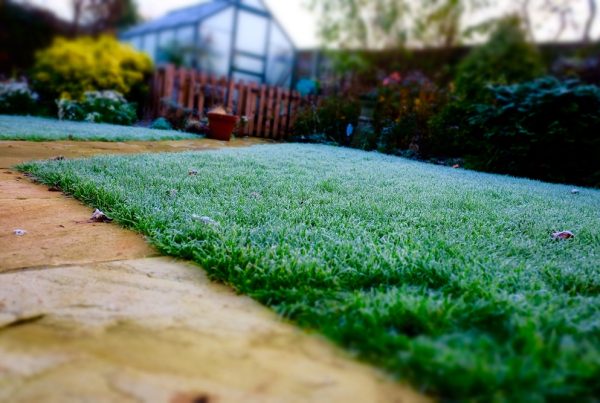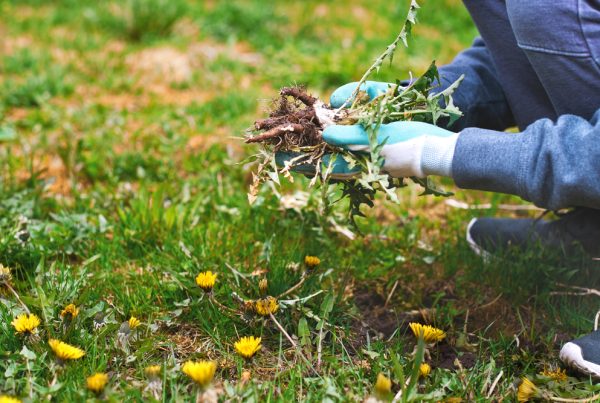Walls and fences can often cause big problems between neighbours. More specifically, we’re talking about the on-going debate over who is legally responsible for what. This is often an issue of boundaries, which for a lot of people in the UK, is something that isn’t always clearly outlined when purchasing a property for the first time.
So what do we mean by boundaries?
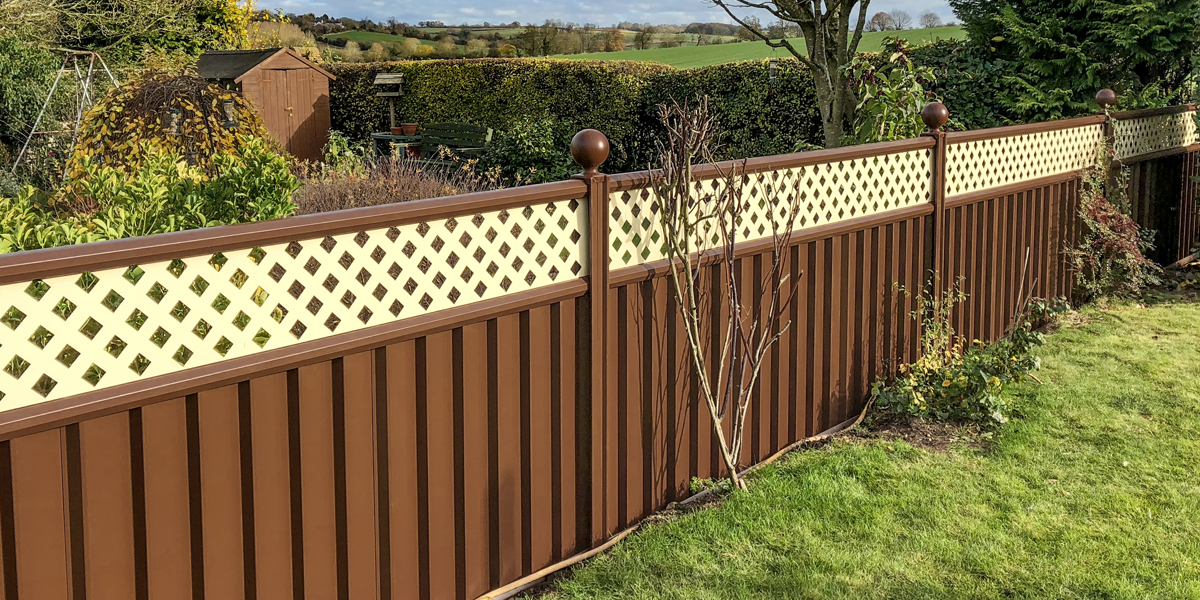
Boundaries between two gardens refers to the amount of land that is registered with a specific property. This is the area of space that you own and the area of space that your neighbour owns.
When you first purchase your home, you will be given lots of detailed paperwork with everything you need to know about the property. This will include a title plan drawing created by HM Land Registry, which shows the general boundaries of your land. These are your property ‘deeds.’
Unfortunately, when it comes to features such as fences and walls, it can sometimes get confusing. These are referred to as ‘boundary features’ and are more than likely not included within these documents. Sometimes information provided by previous owners will indicate who owns what, but this may not always be relevant once they have moved out.
So who is Responsible for Maintenance?
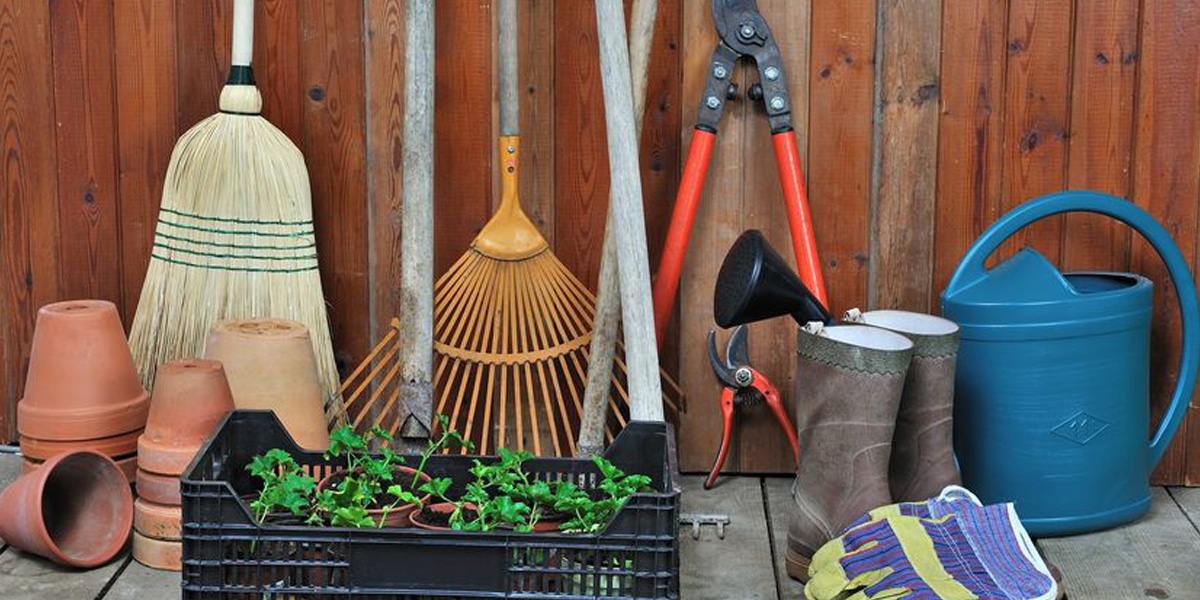
Discovering that your garden fence is in need of an upgrade can sometimes be an annoyance that you didn’t need. It can be especially frustrating for those who have fences that sit between two different properties – who does it officially belong to? Who is responsible for paying for a new one?
When trying to work out whether fence maintenance is solely your responsibility, you should first refer to your property deeds. If you’re lucky, it will clearly highlight whether it’s yours, your neighbours or joint ownership. Unfortunately, as we mentioned above, in a lot of cases there isn’t a definitive answer. This is where the problems arise.
Has Anyone Assumed Responsibility Previously?
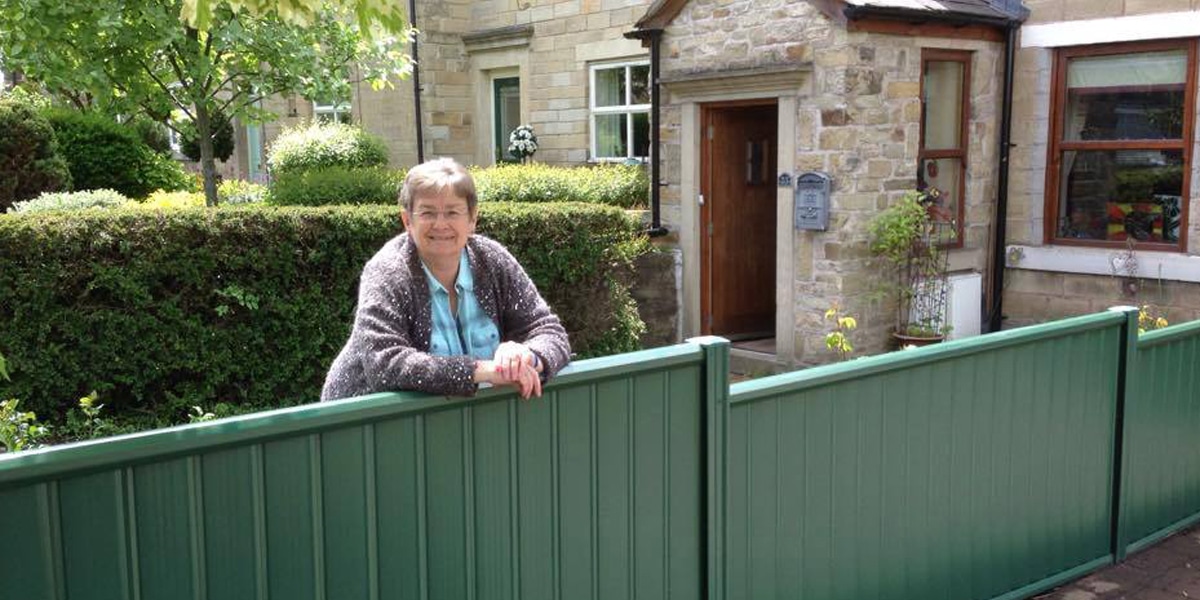
The first thing to determine is whether anyone has previously assumed responsibility for the fence. Did you originally purchase the fence? Has your neighbour paid for repairs in the past? If either of you have done any of these things, that person is technically responsible for the fence. However, without legal documents, neither party can legally be forced to do anything.
If no one is officially responsible for paying for the fence, then any changes, such as purchasing a new one, needs to be agreed beforehand.
It’s worth noting that in this case, your neighbour is not legally obliged to pay any money towards purchasing a new fence. If you do pay in full for the fence, you should then ensure that this is erected on your property line to avoid these issues from arising again in the future.
What Should You Do?

We believe that the best (and easiest) thing to do is to simply speak to each other. By having an honest conversation about who should be responsible for repairing or replacing a fence, you could easily settle an issue that could become messy.
We suggest going into the discussion fully prepared to contribute to the costs of maintaining the fence – whether old or new. This is will go a long way to making them more willing to do the same AND help to avoid any unnecessary arguments over who pays what.
Even if you are fully prepared to pay the costs yourself, it’s always best to inform your neighbours of your intentions before carrying out any work.
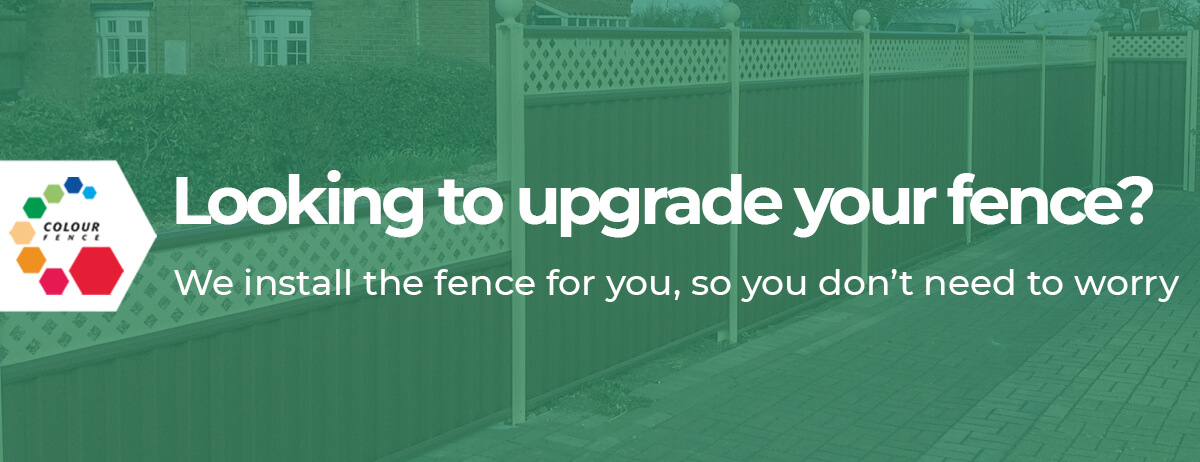
If you’re looking to replace your old or damaged fence, please contact ColourFence today for an alternative fencing option that is strong & durable.

